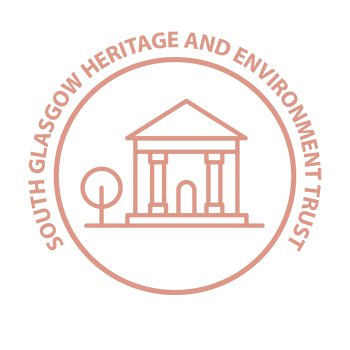FEATURED
GORBAL’S HERITAGE TRAIL
Introduction
The name “Gorbals” is known throughout the world.
It is commonly and perhaps unfairly associated with all that was worst in housing conditions and mainly for that reason, the area was the first in Glasgow to experience wholesale redevelopment after World War II. Despite redevelopment, there still remain many reminders of the area’s past and these were the subject of the original trails in 1988.
The two Heritage Trails were designed to familiarise visitors and local residents with the three constituent parts of the Gorbals area, past and present. Trail 1 covers Laurieston and the original village of Gorbals and Trail 2 explores Hutchesontown.
The recommended routes, together with the locations of the buildings and points of interest, are shown on the fold out map at the end of the trail.
Historical Background
Gorbals has a long and varied history which will be of interest to readers who wish to follow the Heritage Trail, either on the ground or from the comfort of an armchair.
Gorbals, or Brig-end, was originally a single street village which grew up after completion of a bridge over the Clyde in 1345 by Bishop Rae of Glasgow. Five years later, a leper hospital dedicated to St. Ninian was founded close to the bridge to cater for plague victims from the City on the opposite bank. After the Reformation, in 1579, the Church feued the lands of the Gorbals to George Elphinstone, a Glasgow merchant. The town manor house he built in the village Main Street survived until the mid 19th Century. In the early 17th Century, the village of Gorbals was “erected into a Burgh of Barony and Regality” and, in 1650, the magistrates of the City of Glasgow received a Crown Charter to confirm the purchase of the ancient village, together with the lands now occupied by Kingston, Tradeston, Laurieston and Hutchesontown.


no replies